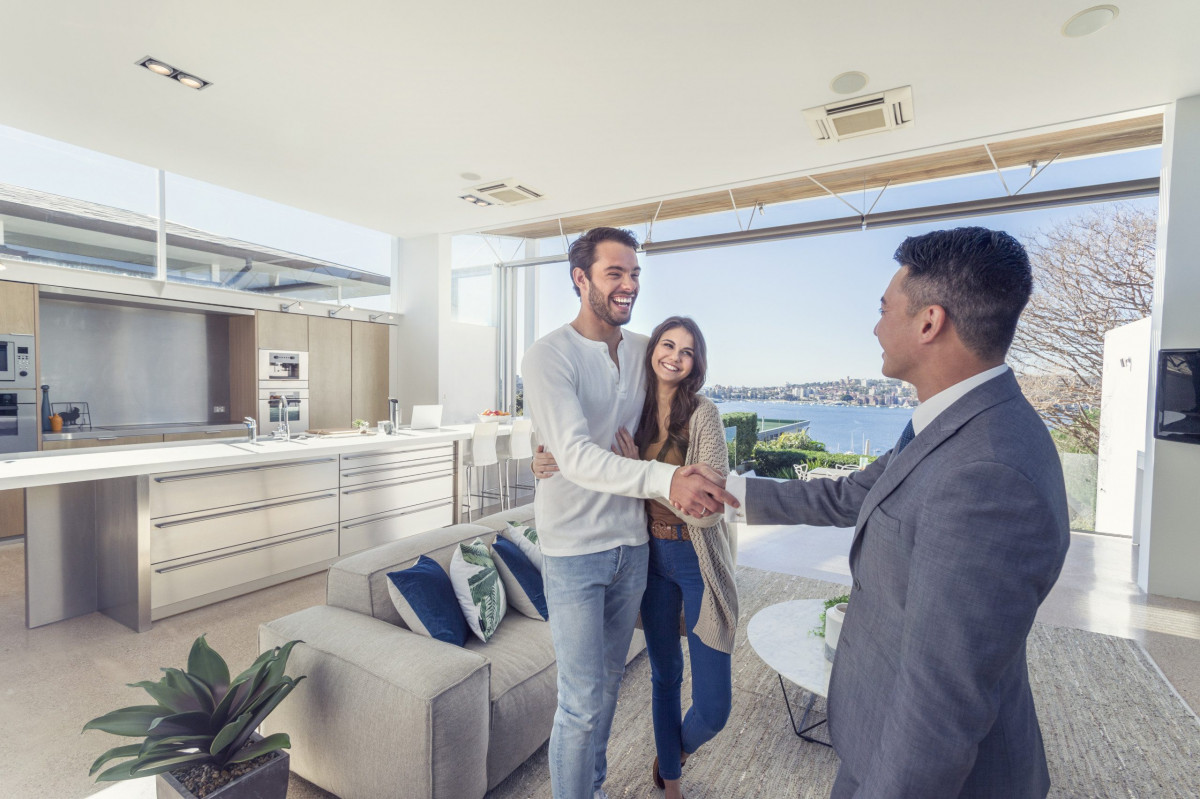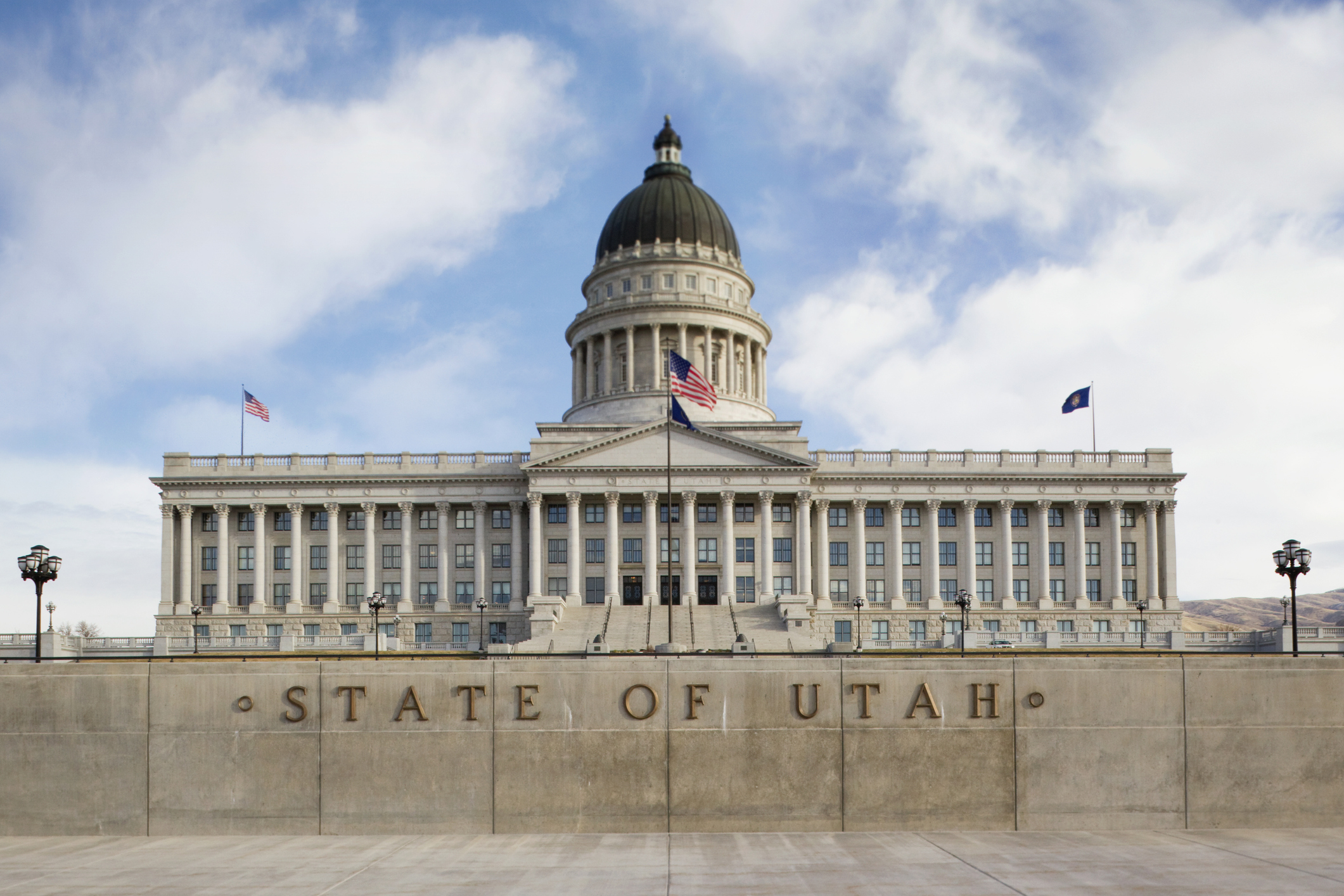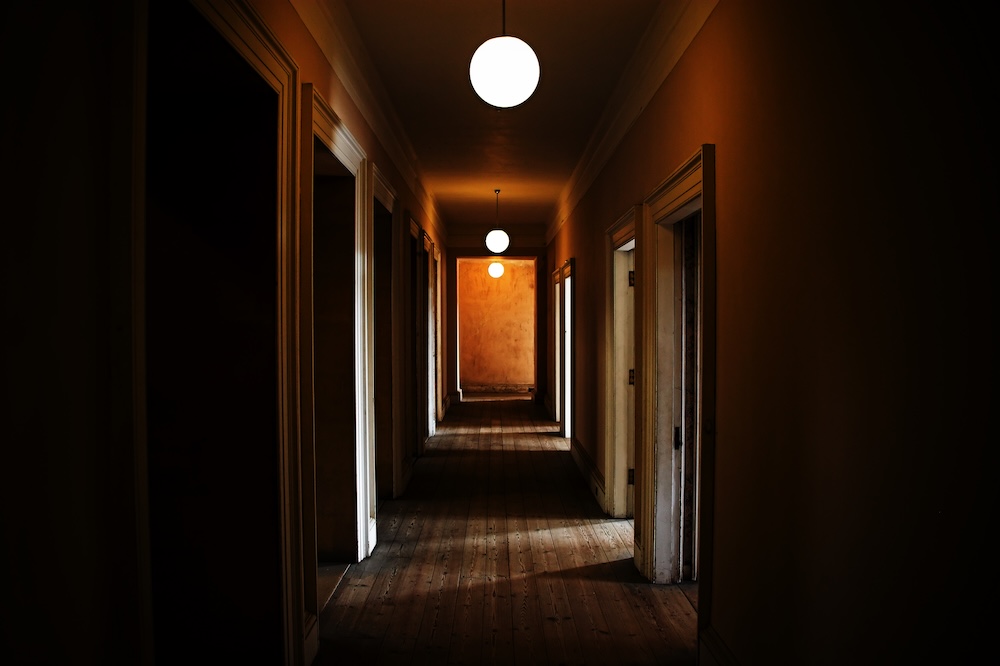Communities are revitalized at every level when private lenders invest in affordable housing.
The need for more affordable housing in the U.S. could not be more severe. There needs to be more of it—and it needs to be of better quality.
According to a report from the National Association of Realtors, new housing construction in the U.S. over the past 20 years fell 5.5 million units below historical levels. Within that shortfall, 2 million are single-family homes, 1.1 million are units in buildings with 2 to 4 units, and 2.4 million are in buildings with at least five units. In addition, new home construction in the past decade fell 6.8 million units short of what is needed to meet household formation growth and normal reductions to housing inventory.
As the pool of available housing continues to shrink, people who need affordable housing face increasing pressure to find suitable options.
To put the significance of the current shortage in perspective, for every 100 low-income households, there are only 37 affordable and available rental homes.
The COVID-19 pandemic has only made the affordable housing problem more acute because the sudden and sustained flight from city centers has combined with new migration patterns to raise prices on homes that were previously accessible to those with lower incomes.
Although a solution achieved through ground-up construction will take years to make a measurable difference, home renovation can provide more immediate relief for the affordable housing market. Opportunity is not the issue. There is a pressing need for updates to outdated housing stock, conversions of industrial and retail properties into residential units, and conversions of single-family properties into multifamily properties.
No Time to Wait
Mohin Abedin is familiar with the need for more affordable housing options. He has been committed to a solution since he was 19 years old.
Raised in Elizabeth, New Jersey, by his father, an immigrant from Bangladesh, Abedin saw lower-income families gradually pushed out of neighborhoods that for generations served as starting points for minority groups and immigrants from Asia, Africa, the Caribbean, and Latin America. Abedin especially took note of nearby Newark, a city experiencing a rapid transition from low-income rentals to higher-priced units—and, in the process, displacing long-standing communities of people who have no path to affordable options or homeownership.
While enrolled at Farleigh Dickenson University, Abedin took an internship with a real estate finance firm. There, he decided to take matters into his own hands: He dropped out of college and started his own home renovation company.
Using capital provided by Toorak Capital Partners (which is funded by KKR), Abedin has deployed more than $3.6 million to rehabilitate and stabilize 23 homes in Newark for families with an average household income of $44,000—well below the U.S. national average of $78,000. Abedin’s investment almost doubled property values, which rose from an aggregate of $3.8 million to $6 million within just a year.
Springboard to Upward Mobility
What makes Abedin different from many professionals engaged in home renovation is his focus on the local community. Abedin understands that renovating previously dilapidated homes not only has a positive impact on residents and the overall aesthetic of the neighborhood but also serves as a springboard for broader community engagement, employment, and education. All are paths to upward mobility.
Instead of looking outside the community to realize higher rent or resale value, Abedin actively seeks out members of the Newark community in need of affordable housing, particularly historically disadvantaged groups such as immigrants and people of color. In most cases, Mohin rents his rehabilitated properties and remains engaged with his tenants as a way to educate them on the process and merits of homeownership. He provides credit counseling, financial planning, mortgage brokering, and other services that enable tenants to improve their financial standing to the point where they may remain in their homes as first-time buyers.
Abedin has seen immediate and significant improvements to neighborhoods in Newark following these renovations and continues to expand his engagement by interacting further with the local community. For each project, he tries to hire locally at every level. When possible, he uses skilled laborers and craftsmen from the area to complete the renovation itself and to perform ancillary work, including clean-up, landscaping, debris removal, and property security.
Private Lending Is Part of the Solution
Abedin’s work in the Newark community is an ideal fit for the Toorak/KKR strategy of offering residential bridge loans that places capital in the hands of local borrowers, who in turn empower local entrepreneurs and community-based businesses.
Local borrowers are critical to the affordable housing solution. They are on the ground in underserved areas, and they can often shorten the learning curve for the ultimate homebuyers (e.g., credit improvement and understanding the benefits and opportunities of homeownership). Larger banks and agencies are not structured to address this segment of potential homebuyers in a timely manner, and they do not have visibility into each neighborhood’s unique background, obstacles, and solutions for improvement.
After capital has been deployed and the projects are complete, there is an attractive market for private capital providers like Toorak to purchase these residential bridge loans from the local borrowers. Doing so allows for greater turnover in capital available for loans, and by extension, for more housing inventory to be introduced. All of this equates to more engagement in disadvantaged areas, more homeownership, and improvement in overall quality of life-based on organic, community-focused growth rather than through gentrification.











Leave A Comment